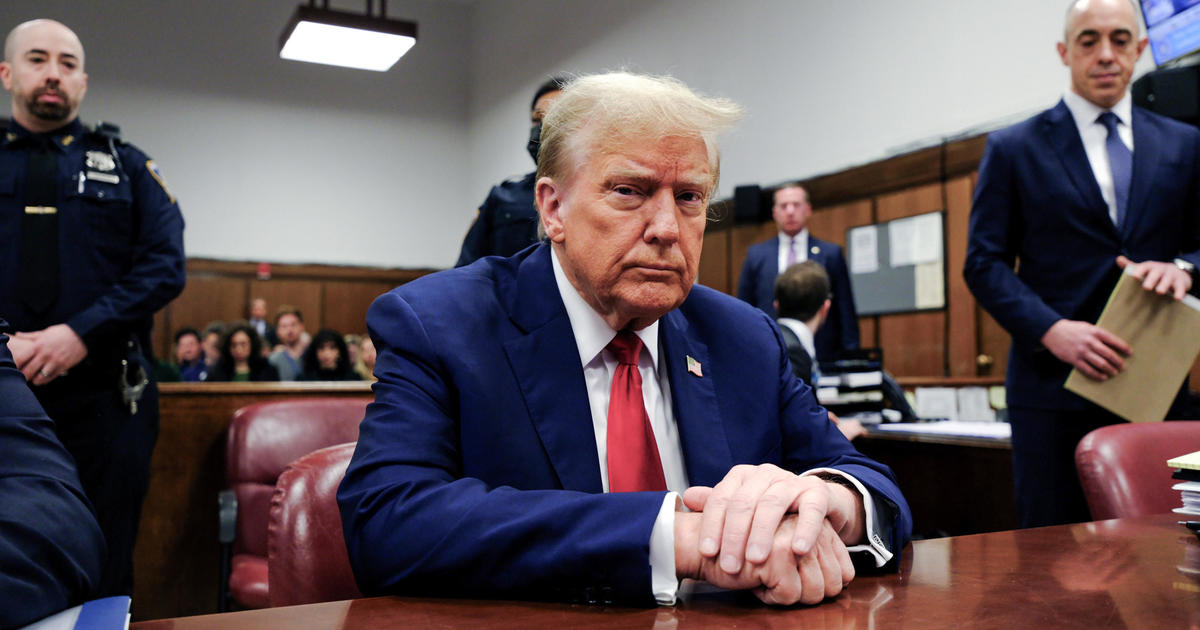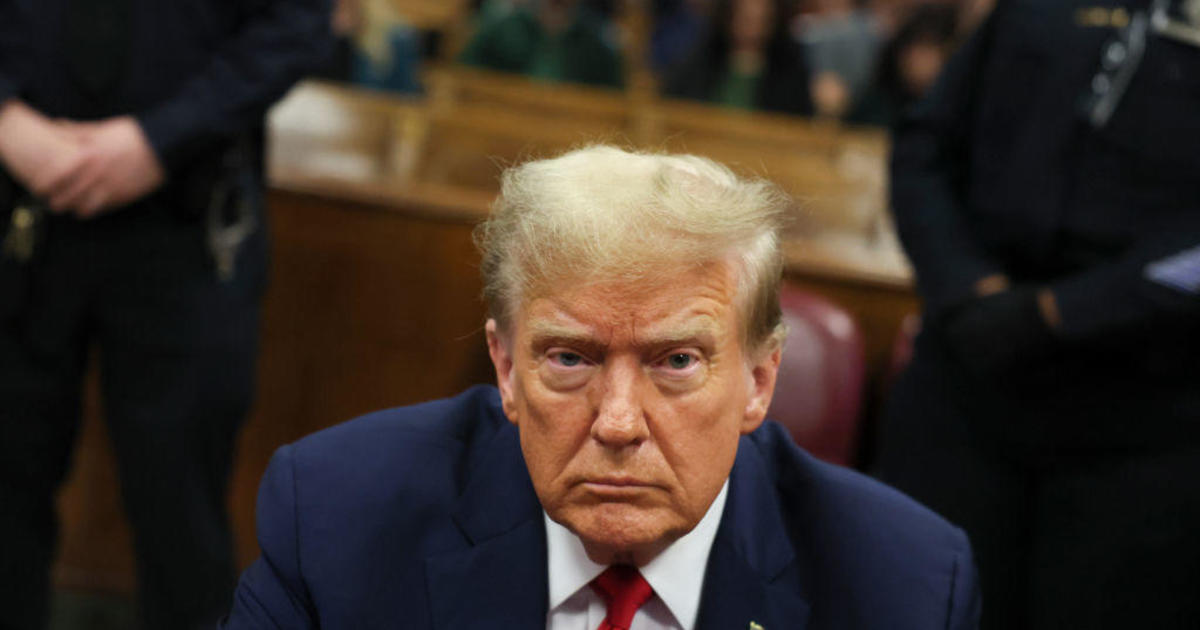Deconstructing President Trump's jobless numbers
In Donald Trump’s address to Congress last week, he discussed the economy and the policies he intends to pursue. “We must honestly acknowledge the circumstances we inherited [from the Obama administration],” he said. “Ninety-four million Americans are out of the labor force.”
Let’s honestly examine this claim and whether it accurately portrays the circumstances the president inherited.
The 94 million figure Mr. Trump cited is the difference between the total population aged 16 and over (254 million) and the number of people with jobs in January 2017 (160 million). Here’s a nice summary table of the numbers from the Bureau of Labor Statistics (BLS).
First, the total U.S. population includes everyone ages 16 and over, including the elderly.
A slightly different definition of the population, the working age population (ages 15-64), gives a lower population figure of 204 million, and using this figure as your base drops the number of people without jobs to 44 million.
Which figure should we use? The difference between the two numbers is mostly due to the exclusion of people 65 and over from the second definition of the potential workforce. Some of these older people are employed, some are looking for work and can’t find it, yet many others are retired and wouldn’t take a job even if it were offered to them.
Shouldn’t we be a little bit more careful about how we define categories such as employed, unemployed, the labor force (people who are working or want to work) and the total population?
And what about young people, many of whom are in high school and college and aren’t yet looking for work? Should they be counted as unemployed?
Even beyond the young and the old, at any given moment some middle-age people are working, some want to work but can’t find a job and some aren’t looking and don’t want one. Do we want to count a wealthy person in, say, his 40s with no interest whatsoever in a job as unemployed?
It seems apparent that if we want to know how many people can’t find work, we should take some measure of the population that includes all potential workers -- for example, the total population aged 16 and over -- then try to separate people into these categories: People who are working, people who are unemployed (want a job but can’t find one) and people who are out of the labor force altogether.
To do this, we need some way to define each category. The Bureau of Labor Statstics has settled on the following definitions (a more detailed description is also available):
Employed: Working full or part-time
Unemployed: Actively seeking work (looked for a job in the last four weeks)
The labor force: The sum of the employed plus the unemployed
Out of the labor force: The difference between the working age population and the labor force.
Using these definitions, the figures for January 2017 are (rounded to the nearest million):
Employed: 152 million
Unemployed: 8 million
The labor force: 152 million + 8 million = 160 million
Population 16 and over: 254 million
Out of the labor force: 254 million - 160 million = 94 million
Unemployment rate: 8 million/160 million = 5 percent (actual is 4.8 percent when using unrounded numbers to calculate the rate)
The figure for “out of the labor force” is what the president cited last Tuesday in his speech before Congress, but notice something important. These are people who do not want jobs and aren’t looking. To what extent should we be concerned that retirees, people in school, stay-at-home dads and moms, the wealthy and so on don’t have jobs they don’t want -- and aren’t even trying to find?
If we want to characterize the number of people who actually want to work but can’t find a job, the number is far lower than 94 million. It’s 8 million -- the difference between the labor force (everyone who wants to work whether they have a job or not) and those who are employed.
Thus, 94 million vastly overstates the “circumstances we inherited.” It’s a safe bet to guess the Obama administration would have been thrilled back in February 2009 to inherit an unemployment rate as low as it is today, with no significant inflation problem to worry about.
However, an important argument can be made that the 8 million figure that arises from the official definition of who is unemployed (someone who has looked for work in the last four weeks) understates the true number of unemployed people. There are three reasons for this.
- Some people could be so discouraged about the prospects of finding a job that they give up trying. They want a job, so they should be counted as unemployed -- but why pay the high cost of searching for a job if you have little expectation of success?
- Some part-time workers would rather be working full-time but can’t find full-time work. In the official definition of the unemployment rate, they’re counted as fully employed. But in reality, they’re only partially employed relative to their desires.
- Some workers may be what’s known as underemployed, working at jobs for which they’re highly overqualified. These workers are underemployed in the sense that if their skills were better utilized, they would be more productive. That means total output in the economy is lower than it would be if these workers could find jobs that match their skills. Unfortunately, this is very hard to measure, so it’s difficult to adjust the numbers for this.
The Bureau of Labor Statistics fully recognizes these problems with the official definition of the unemployment rate, but any definition would be deficient in some way and would come with its own set of qualifiers. The hope is that the definitions that are used do the best possible job of categorizing people.
Nevertheless, the BLS does its best to provide information on how the official numbers might be affected. For instance, in the latest data release, the estimates are:
Discouraged workers: 0.5 million
Part-time but want full-time: 6 million (another 20 million are part-time, but don’t want to work full-time)
Another, broader definition of those who want to work but aren’t looking, is known as marginally attached workers:
Marginally attached workers: People not in the labor force who want and are available for work, and who have looked for a job sometime in the prior 12 months (or since the end of their last job if they held one within the past 12 months), but were not counted as unemployed because they had not searched for work in the four weeks preceding the survey. Discouraged workers are a subset of the marginally attached.
Two million workers were in this category -- a big number buy anyone’s yardstick.
What does all this mean? The bottom line is that there’s no single way to calculate the unemployment rate. We can calculate the number of unemployed according to the official definition of only those looking for work in the last four weeks, or we can add in discouraged workers, part-time workers, and vary the definition of what we mean by discouraged (for example, that broader “marginally attached” definition).
The BLS provides estimates of the unemployment rate using various definitions of who is unemployed:
Official unemployment rate: 4.8 percent
Add discouraged workers: 5.2 percent
Use marginally attached instead of discouraged: 5.8 percent
Add marginally attached plus part-time: 9.4 percent
When Mr. Trump says the unemployment rate is 10 percent (at times he has claimed it’s even higher), he’s using that last definition. But even if we use the broadest definition of unemployment -- the number of people who want a job but can’t find one -- that figure is still nowhere near 94 million. By my calculations, it would be approximately 16 million people (8 million officially unemployed, plus 2 million marginally attached, plus 6 million part-time) out of a working age population of 254 million, or 5.9%.
Which figure should be used? To get an accurate view of the state of the labor market, it’s also important to adjust for the aging of the population. But setting that economist’s quibble aside, the answer is that for most monetary and fiscal policy questions, it doesn’t matter. The main thing policymakers want to know is whether unemployment is rising, falling or stable -- and all of these employment measures move together over time, so they provide the same picture of whether the economy is heating up or cooling down most of the time.
The other thing policymakers want to know is when the economy has reached full employment and is in danger of overheating and producing an outbreak of inflation. If policymakers used something other than the official unemployment rate to define when this is a danger, the definition of full employment would need to be adjusted, and it would amount to the same thing as it is now.
That’s because the threshold is defined by looking at inflation problems in the past. If, for example, it’s 4 percent for the official unemployment rate, it would be higher than that for an alternative definition.
Some questions are better answered using the alternative measures of unemployment. For example, the number of discouraged workers helps predict how the labor force might change as economic conditions improve and the discouraged begin looking for work again.
But for most questions, the official definition provides a clear picture of what we need to know, and it also has the advantage of being familiar since it has been used since the end of World War II. Changing the unemployment rate’s definition (the Trump administration has suggested using the broadest measure as official) would likely lead to confusion about what the number means until people have time to adjust and renormalize.
But one thing is clear. When it comes to characterizing the state of the labor market -- how many people are working and how many people would like to work but can’t find employment -- the figure of 94 million that Mr. Trump cited in his speech is a huge overstatement.
He “inherited” an economy that’s doing fairly well, no matter what the political advantage might be in telling another story.




